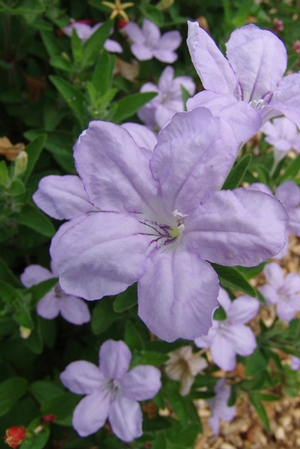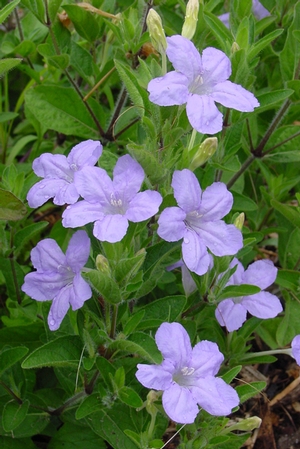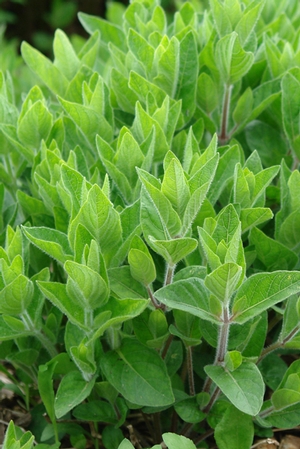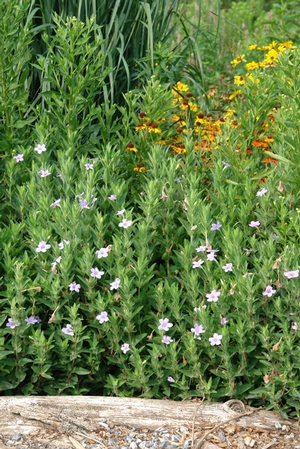Ruellia humilis
Common: wild petuniaRuellia humilis LP50 - 50 per flat
- Height: 2'-3'
- Spread: 12"
- Spacing: 12"
- Hardiness Zone(s): 4-8


Ruellia humilis LP50 - 50 per flat



A drought-tolerant prairie native with delightful lavender-blue petunia-like flowers that bloom from summer to fall. Compact (great in pots!) and very easy to grow. Seeds in well. Great choice for a height-restricted meadow. Found in dry open woods and prairies Pennsylvania to Indiana, south to Alabama.
Grow in well-drained soils with dry to average moisture levels in full sun to part shade. Found in the wild growing in colonies or as individuals in a prairie, Ruellia humilis performs well in borders, rock gardens, native plant gardens, wild gardens or prairies. It should be noted, however, that when situated in a happy location, wild petunia can seed around vigorously which can be problematic in highly-managed garden settings.
Adaptable to a wide range of conditions, Ruellia humilis is a drought-tolerant prairie native with delightful lavender-blue petunia-like flowers that bloom from summer to fall. Growing under 2’ tall, this compact perennial is very easy to grow and is a great choice for a height-restricted meadow such as one in urban areas or where a clear line of sight must be maintained. The fuzzy foliage sprawls gracefully, creating an attractive skirting to other perennials that may have bare legs in the summer such as Phlox, Coreopsis, or Penstemon. While colloquially called ‘wild petunia’, Ruellia humilis isn’t actually related to the petunia - which is a member of the Solanaceae family - but instead is a member of Acanthaceae family.
Ruellia humilis is found in dry open woods and prairies Pennsylvania to Indiana, south to Alabama. It prefers sunny conditions in dry, well-drained and rocky soil. It also does well in moist and nutrient-rich soil but can be overtaken by taller, more aggressive plants in these conditions. The fibrous root system allows the plant to be quite durable and wild petunia spreads easily by seed. The flowers bloom for only a day and as they mature, the ripened seed has been known explode and fly over 10 ft from the mother plant.
Unbothered by deer, pests, or disease, wild petunia is as hardy as they come. The tubular flowers attract Anthophorid and leaf-cutting bees with the long corollas of the flower a particular interest for leaf-cutter bees to use to build their brood nests. It also is a larval host plant for the buckeye butterfly.